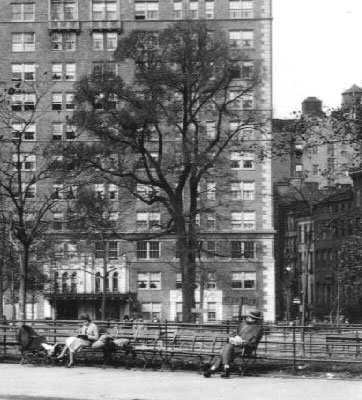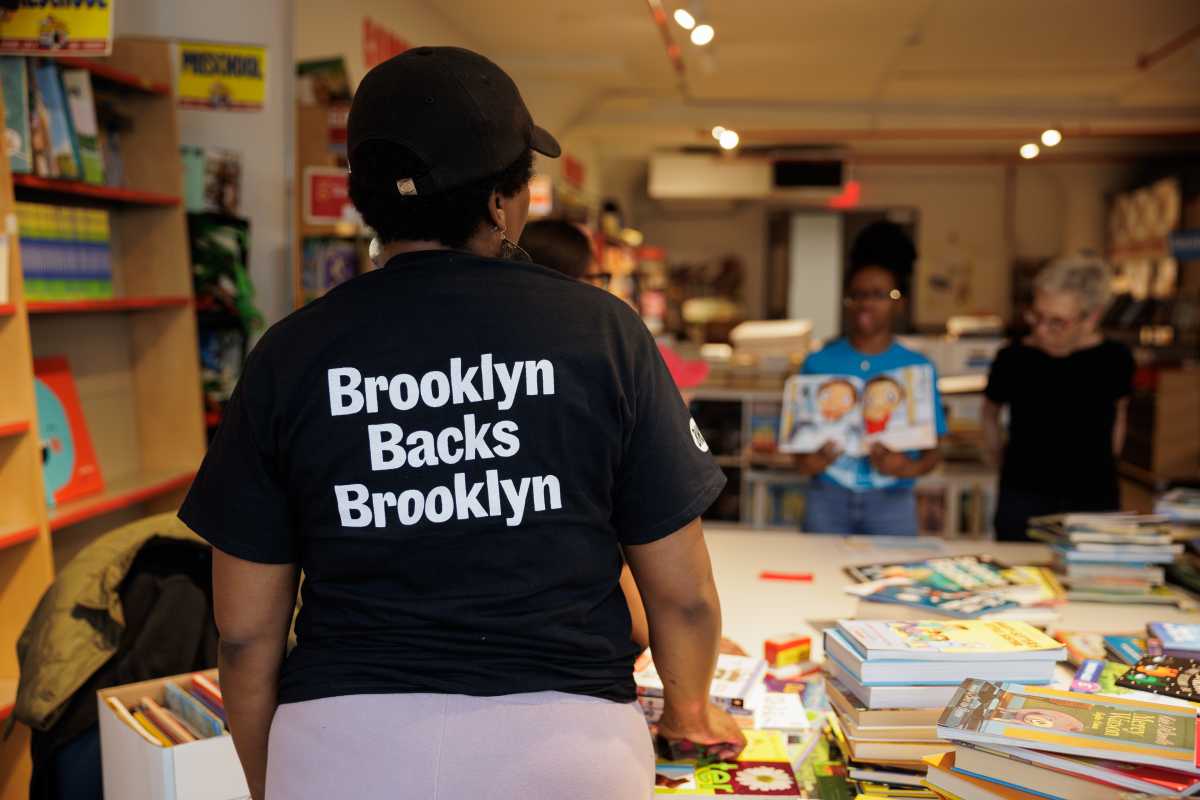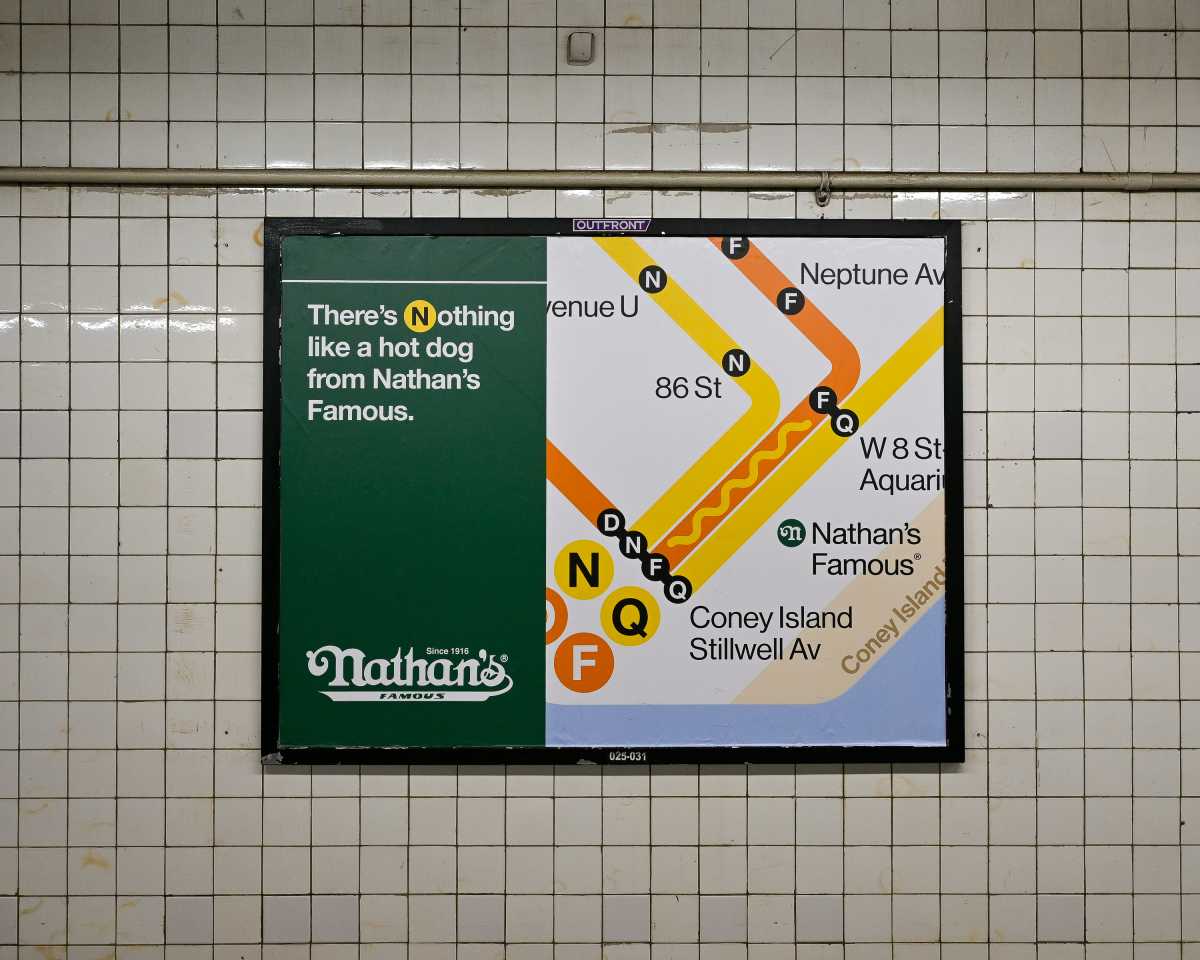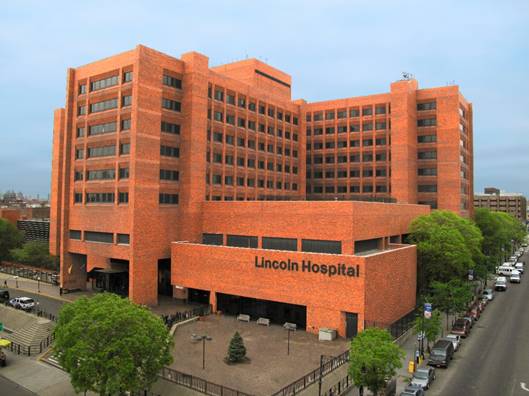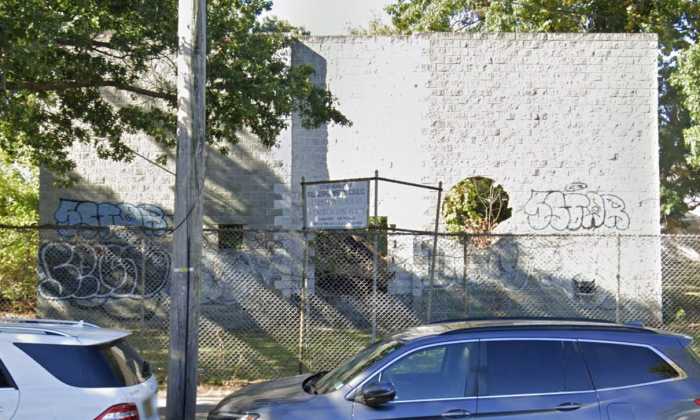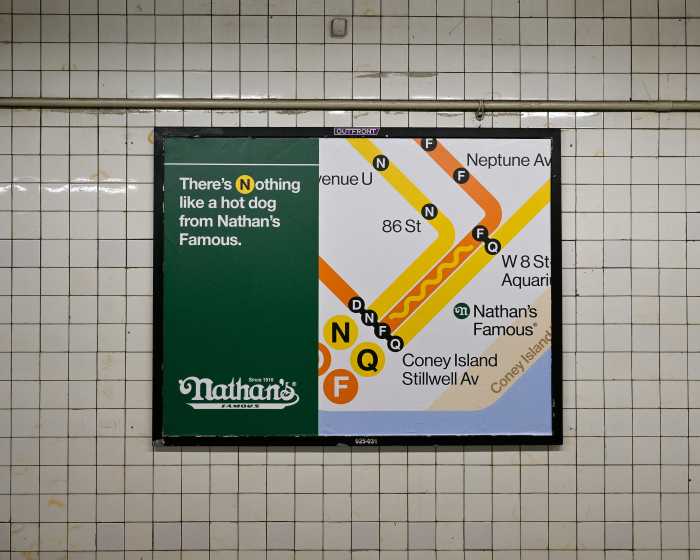By Luther S. Harris
One tiny change need not wait for Washington Sq.’s projected renovation (as reported in The Villager’s Dec. 10 issue). Among the signage in the square, nothing cries out more for replacement than the small plaque on the great English elm at the square’s northwest corner, long misnamed the “Hangman’s Elm.” It should be named instead for the man who long ago saved it, one Alfred S. Pell.
First of all, no one was ever executed by hanging from the elm. New York State law governed executions and mandated use of a gallows erected in a public place by order of the city’s sheriff — a practice dating from colonial times. One such place was the potter’s field, which formed the nucleus of Washington Sq. Secondly, the elm was not even on that public ground until the square reached full size in 1828. Vigilantes may, by chance, have hung a Revolutionary War-era loyalist or two from the elm in the distant past. However, there is no record of such an illegal event and the anonymous elm was but one in a row of many trees lining an English colonial farm. Nevertheless, despite clear evidence to the contrary, the “Hangman’s Elm” myth has persisted for a century.
Now forgotten, Alfred S. Pell was the public-spirited gentleman who, in 1827, facilitated the square’s expansion from the potter’s field by selling his 21/2 acres west of Minetta Creek, which included the elm. By selling at a nominal price, Pell gave up approximately $227,000 (over $4 million in today’s value) in potential profit that he could have obtained from residential development of the parcel. (The decade of 1825-’35 was a period of residential building speculation.) Pell’s munificent act assured that the square’s cost to the city, necessitating onerous assessments on surrounding properties, would be acceptable. It was this enlargement, which adorned the city with a grand public square instead of a mediocre one; Columbia College’s president Charles King, summing up the city’s progress in 1851, singled out Pell for praise in referring to Washington Sq. as one of the city’s significant achievements.
The elm, whose age was established by the Parks & Recreation Department in 1989, is some 310 years old. No tree in Manhattan is known to be older and the elm has outlived the city’s other most historic trees: Stuyvesant’s pear tree at the northeast corner of 13th St. and Third Ave. and the great tulip tree at Shorakapkok in Washington Heights. The Washington Sq. elm has survived by its inclusion in the square and surely deserves a name befitting its longevity and true significance. Calling it the Alfred S. Pell Memorial Elm would do just that.
Pell assisted the square in another way. He was related to the Westchester Pells and married Adelia Duane, the daughter of the city’s first mayor and granddaughter of Robert Livingston, the proprietor of Livingston Manor on the Hudson. This elite couple was one of a group that built the city’s first terrace row on the south side of the square between MacDougal and Thompson Sts. (since demolished). With the Pells and other prominent names in residence, the row put the square on the social map of the city and contributed to Fifth Ave.’s rise to fame.
Alfred S. Pell died in 1831 on an ocean voyage before he could see the success he helped make. His name on the elm would be a fitting commemoration. More importantly, it might also spark wider interest in keeping this wonderful tree alive and healthy given the problems in funding any improvements for the square. Saving this elm today is just as important as it was 175 years ago when Washington Sq. was created.
Harris is author of the recently published “Around Washington Square.”
Photo courtesy Luther S. Harris



